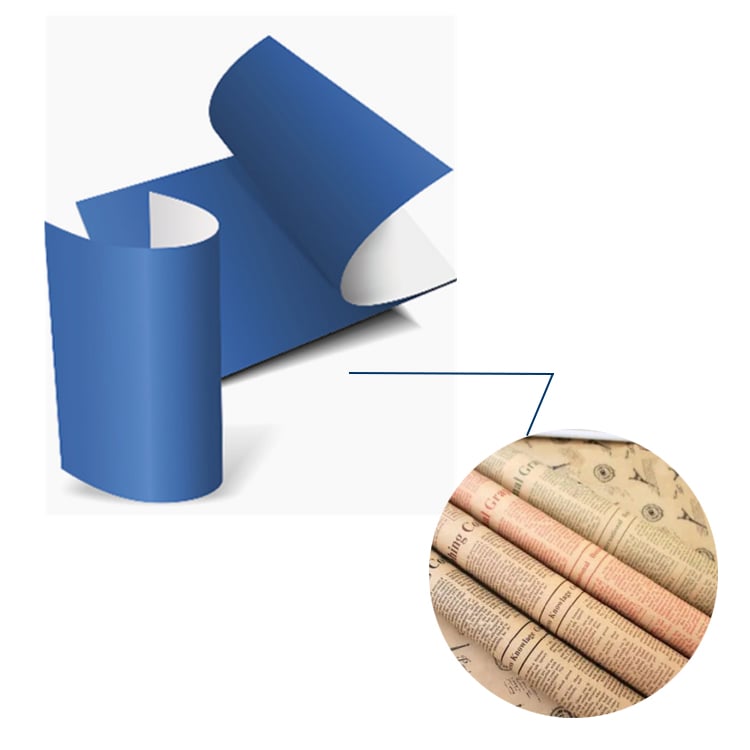
The CTP plate-setting machine consists of three major parts: a precise and complex optical system, a circuit system, and a mechanical system.
A single original laser beam generated by a laser is split into multiple beams (usually 200-500 beams) of extremely fine laser beams through multiple optical fibers or a complex high-speed rotating optical beam splitting system. Each beam of light is passed through an acousto-optic modulator. The light and dark characteristics of the image information in the computer are modulated into the light and dark changes of the laser beam and turned into a controlled beam. After focusing, hundreds of micro-laser beams are directed to the surface of the printing plate for engraving. After scanning the engraving plate, a latent image of the image is formed on the printing plate. After development, the image information on the computer screen is restored to the printing plate for direct printing by the offset printing machine. The diameter of each microlaser beam and the light intensity distribution shape of the beam determines the clarity and resolution of the latent image formed on the printing plate. The smaller the spot of the micro-beam and the closer the intensity distribution of the beam is to a rectangle (ideally), the higher the clarity of the latent image. Scanning accuracy depends on the mechanical and electronic control parts of the system. The number of laser microbeams determines the length of scanning time. The greater the number of micro-beams, the shorter the time to etch a printing plate. At present, the diameter of the beam has developed to 4.6 microns, which is equivalent to being able to etch a printing accuracy of 600 lpi. The number of beams can reach 500. The eclipse of one folio printing plate can be completed in 3 minutes. On the other hand, the higher the output power and energy density of the plate beam (the laser energy generated per unit area, in joules/square centimeter), the faster the etching speed will be. However, excessive power will also have negative effects such as shortening the working life of the laser and reducing the distribution quality of the beam.
The light source of the plate-making machine includes: gas laser (argon ion laser 488nm, power: about 20mw); solid laser (FD YAG 532nm, more than 100mw); semiconductor laser (LD, infrared semiconductor laser among semiconductor lasers has the advantages of low power and long life .)
The direct-to-plate system is a comprehensive multi-disciplinary technology industry, which includes precision machinery and optical technology, electronic technology, color digital image technology, computer and software technology, new printing plate and material technology, automation technology, and network technology. The automatic production system is another major technological revolution in the contemporary printing industry.
Huida Print-All Technology company is an advanced and professional manufacturer of printing plates, mainly sales CTP, CTCP, and PS plates as well as offering ODM/OEMs, especially for the offset. For more information, please click the official website link here: https://www.huidaoffsetplate.com/.

